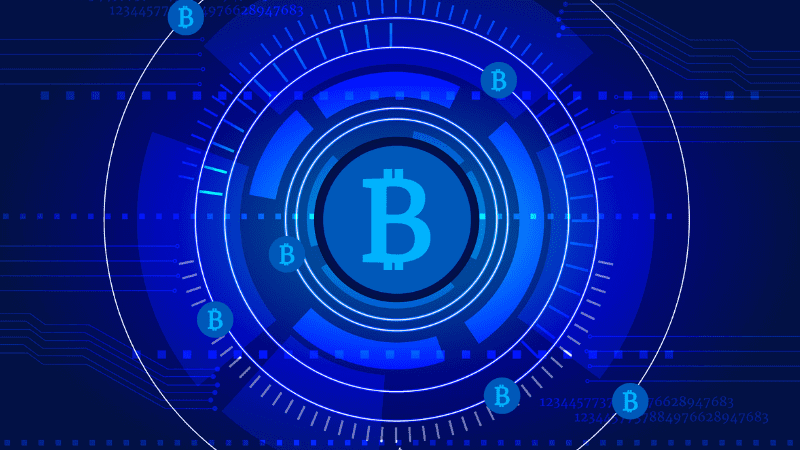
Halving can be considered a development that makes every cryptocurrency even more valuable by halving mining rewards. Although halving is mostly associated with Bitcoin, it also includes different cryptocurrencies. In this article, in which we will give a comprehensive explanation about the halving, which investors wait with great excitement every time, we will especially share with you the closeness between halving and Bitcoin.
What Does Halving Mean?
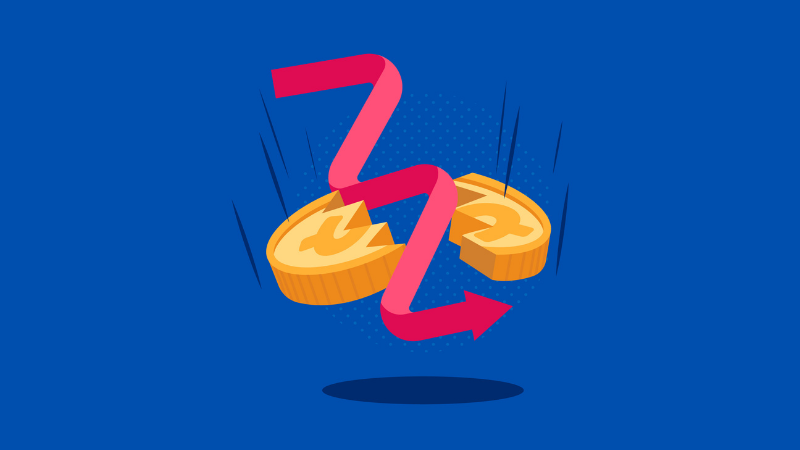
“What does halving mean?” In general terms, it can be explained as reducing the amount of a resource or reward . This decrease usually occurs over a certain period of time or in connection with a certain event. The main reason for halving is to maintain or control the value of the resource, usually when a limited amount of the resource is reached.
Which Coins Have Halving?
Halving is mostly associated with Bitcoin. One of the biggest reasons behind this is that Bitcoin is the first and most valuable cryptocurrency and BTC is mined directly by miners who mine cryptocurrencies. However, halving is not only valid for BTC. Halving also occurs in different cryptocurrency projects that are directly mined. Some of the cryptocurrencies where the halving development took place can be accessed in detail in the table below.
| Bitcoin (BTC) | Litecoin (LTC) | BitcoinCash (BCH) | Bitcoin SV (BSV) | Dash (DASH) | Zcash (ZEC) | |
| First Block Year | 2009 | 2011 | 2017 | 2018 | 2014 | 2016 |
| Maximum Supply | 21M | 21M | 21M | 21M | 21M | 21M |
| Periodic Halving Period (Year) | 4 | 4 | 4 | 4 | – | 4 |
| Block Formation Time (Min.) | 10 | 2.5 | 10 | 10 | 2.5 | 1.25 |
What is Bitcoin Halving?
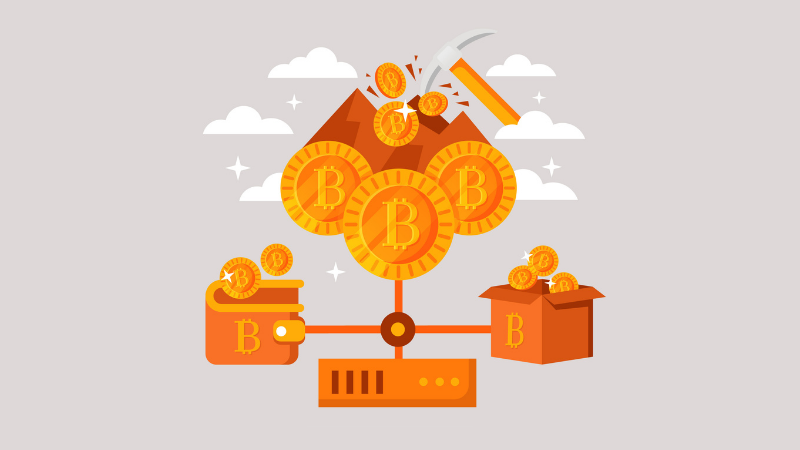
Satoshi Nakamoto , the creator of Bitcoin , stated that the total supply of Bitcoin is limited to 21 million . Miners , defined as people who mine Bitcoins , earn a certain reward per block of new Bitcoins. However, this reward is halved with each halving event . This actually means “What is Bitcoin halving?” is the answer to the question.
How Bitcoin Halving Happens
“What is BTC halving?” After answering the question, it is necessary to look at how this process works.
A new block is produced by miners every 10 minutes , and a Bitcoin halving occurs not every 210,000 blocks. With the halving, the reward miners earn for proof of work is halved.
How Many Years Does BTC Halving Happen?
“When is Bitcoin halving?” The question has always been one of the most curious topics. The halving, in which Bitcoin mining rewards are halved, occurs every four years, as seen to date. In other words, the completion of every 210 thousand block production means a halving period. Considering that the production of each block takes 10 minutes, this process is repeated every 4 years.

What are Bitcoin Halving Dates? How is the Prize Distribution?
When Bitcoin was first mined, the Bitcoin reward given per block was 50 BTC . We mentioned that the Bitcoin block reward is halved every 210,000 blocks. Now let’s look at the details of this process.
First Bitcoin Halving: It took place on November 28, 2012 and the reward was reduced to 25 BTC.
Second Bitcoin Halving: It took place on July 9, 2016 and the reward dropped to 12.5 BTC.
Third Bitcoin Halving: It took place on May 11, 2020 and the reward decreased to 6.25 BTC.
Fourth Bitcoin Halving: It is planned to occur in 2024 and the reward will decrease to 3,125 BTC.
All developments regarding the Bitcoin halving can be found in the summary table below.
| Order | History | Block Number | Term Price | Old Award | New Reward | Situation |
| 1. BTC Halving | 28 November 2012 | 210,000 | $12.35 | 50 BTC | 25 BTC | It happened |
| 2. BTC Halving | July 9, 2016 | 420,000 | $650.63 | 25 BTC | 12.5 BTC | It happened |
| 3. BTC Halving | May 11, 2020 | 630,000 | $8740 | 12.5 BTC | 6.25 BTC | It happened |
| 4. BTC Halving | 2024 | 840,000 | – | 6.25 BTC | 3,125 BTC | It will happen |
The next “When is Bitcoin halving?” For those wondering, it can be said that these processes will continue every four years until the amount of Bitcoin reaches 21 million. All 21 million BTC are expected to be produced by 2140 . However, it is estimated that more than 98% will be produced by 2030 .
Why is Bitcoin Halving Important?
We mentioned that the amount of new Bitcoin produced per block decreases during each halving period. This means the supply of new BTC is decreasing. Under normal circumstances, fixed demand and limited resources may cause prices to rise. If the supply of Bitcoin decreases but the demand remains the same or increases, the price of Bitcoin may increase. Thus, it may be possible to see strong periods in Bitcoin after the halving occurs.

What Is the Connection Between Bitcoin Mining and Halving?
Bitcoin mining refers to operations to safely and securely manipulate Bitcoin’s blockchain and release new Bitcoins into circulation. Miners add new blocks by solving complex mathematical problems and receive Bitcoin as a reward in the process.
One of the biggest factors that enable the Bitcoin mining system to function is undoubtedly the BTC halving process. It is the process of halving Bitcoin mining rewards after each set of 210,000 blocks is mined. The decrease in Bitcoin mining rewards as more blocks are mined prevents the amount of Bitcoin in circulation from increasing rapidly, which creates an expectation of regulation on prices. When evaluated from another perspective; The halving of miner rewards every 210,000 blocks is one of the factors that prevent the supply from being controlled by miners.
Bitcoin, which opposes unlimited supply; Thanks to the halving system, it strengthens the ‘limited supply’ aspect it promises . In total, more than 92% of the 21 million Bitcoins have been produced to date , and this rate continues to increase every 10 minutes. The production of the remaining supply of approximately 1.5 million will be divided into many years due to the Bitcoin halving system.
Rationally speaking, Bitcoin’s mining incentive will decrease with the completion of each halving. However, although the rewards provided to miners have been halved, the upward movements in Bitcoin prices will provide the necessary incentive for miners to mine more. Ultimately, price increases encourage Bitcoin miners to continue mining.
The biggest risk in mining here is the contraction in prices during the halving . Because in such a scenario, miners’ appetite may decrease as situations may occur where miners cannot cover extraction costs . Because of the large amount of electrical power and computation required, it is possible for miners to lose their enthusiasm.
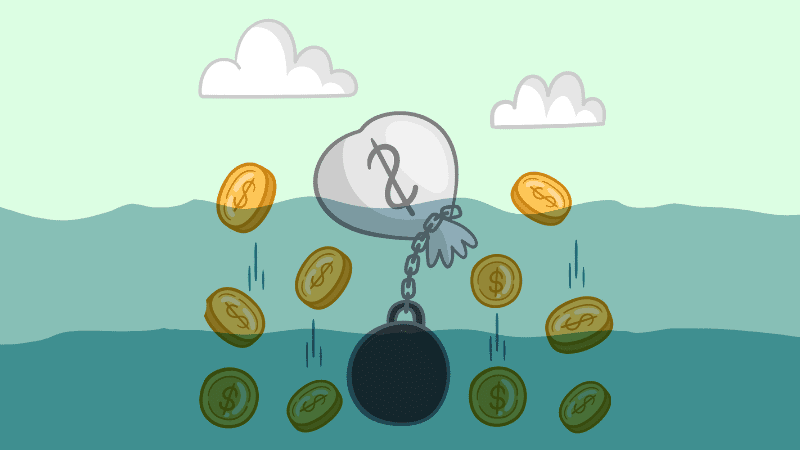
How Does Halving Affect Miners?
Mining is necessary for the production of cryptocurrencies and forms the basis of the network for validating transfers made in the blockchain system. If miners had made profits at the same rate without the halving, all Bitcoin could be in circulation in a short time. Miners could start to give up mining because they did not receive any reward, and the system could pause because there would be no miners left to confirm the transactions . Therefore, in order to keep miners on the blockchain network for a long time and continue the production of the cryptocurrency, it was necessary to reduce the block reward as the number of miners increased.
After the halving occurs, many miners may decide not to continue verification because the earnings will be halved. However, this may also cause different effects. The more miners there are, the more difficult the mathematical operations are made by the system. However, the decrease in miners also means that the difficulty level that needs to be solved to create a new block decreases. Since the decrease in the difficulty level will reduce the cost, the profit will increase.
Bitcoin Price During Halving Periods
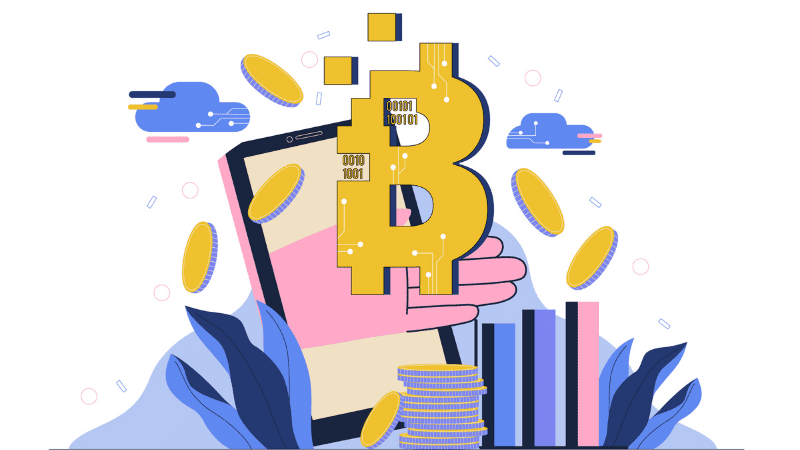
In order to comment on the price performance of Bitcoin during halving periods, we have 3 halving periods that can be observed.
During the first halving period, which took place in 2012, Bitcoin was in the $11 range and rose to $12. Within a year after the halving, the price of Bitcoin managed to rise above $ 1000.
Later, in 2016, the second Bitcoin halving was completed as the Bitcoin network once again completed 210,000 blocks. At the end of the process, the Bitcoin price, which moved between $ 500 and $ 800, managed to reach the all time high, exceeding the $ 20,000 level within a year.
Finally, in 2020, the Bitcoin network held a halving. Bitcoin, which started its bull run at $ 9000 after the halving, once again managed to achieve ATH within a year and reach $ 64,000 in the first quarter of 2021. Towards the end of 2021, ATH renewed, reaching the level of $ 69,000.
This data we have shows us that Bitcoin is on the rise after the halving periods. Of course, the triggers of each halving process were different. However, for Bitcoin, which will make new positions for itself until the next halving period , that is, until 2024, the possibility of breaking new records by once again passing its all-time high (all-time high) after the halving may be on the horizon.
What Will Happen to Miners After the Halving?
When all the initially determined 21 million Bitcoins are produced and put into circulation, miners will not receive new block rewards, but will continue to earn money from transaction fees for their contribution to the network.